
How D.C.’s Museums Plan to Preserve the New Era of Protest
The effort to document Black Lives Matter and more—in real time.
On Thursday, June 11, 2020, after rain spattered down on Lafayette Square in Washington, D.C., curators from the Smithsonian went to check on things. The area, which is close to the White House, has been a flashpoint in recent weeks. At the end of May, the park was full of people protesting the death of George Floyd, killed by a Minneapolis police officer, who has since been charged with murder and manslaughter. It’s the place where U.S. Park Police used chemical agents to flush out protesters for a presidential photo op. Soon, a black fence, reinforced with concrete supports, was erected around the area. The fence soon became a magnet for signs—memorials to Floyd, calls to end police brutality, references to past atrocities. Now the fence is coming down, and museum curators are setting out to collect some of the objects that will help tell the story of this turbulent time.
The rain didn’t seem to threaten the signs that still hang nearby too much, says Tsione Wolde-Michael, a civil justice curator in the division of political and military history at the Smithsonian’s National Museum of American History, who is working on a coalition to document and preserve materials from Lafayette Square, along with the National Museum of African American History and Culture and the Anacostia Community Museum. (The former is also inviting the general public to hold onto and describe items that might be useful additions to the collection.) At Lafayette Square, “The good news is that it looks good,” Wolde-Michael says. “We’ll be going again tomorrow, because it has rained again today, to check in, continue to talk to folks who are out there, and make sure that they know who we are, what our intentions are, and learn more about them and hear their stories.”
Atlas Obscura spoke with Wolde-Michael about collecting in real time, and the objects that will help future museumgoers understand the spring and summer of 2020.
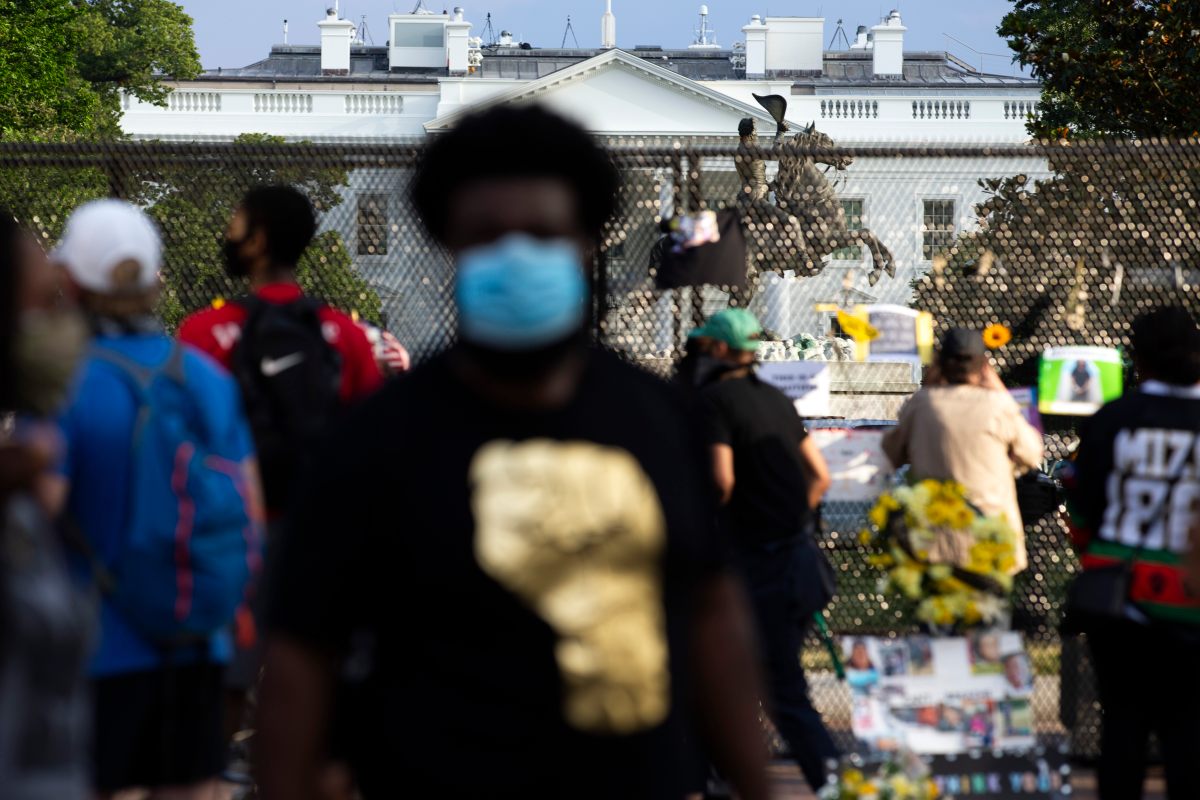
When did the team start saying, “Hey, we ought to be collecting some of these items?”
The interest in rapid collecting is something that museum professionals are used to. But this particular moment is something that’s very special. And we want to make sure that we are able to document this history in real-time, when it is safe to do so.
We made our first effort to go down to the White House area yesterday morning, and stayed until midday. It was a coalition of about nine of us. We started around the north fence area. It’s a powerful site, and it is a site that’s rapidly changing, too. Lafayette Square is one of the largest national protests. Thousands of people have gathered, and it has an amazingly rich history, being at the foot of the White House.
With the news that the White House perimeter fence would be coming down, you saw that people, on their own, were making an effort to preserve these objects from the protests.
The fence is largely barren now, with the exception of some areas. There’s a portion that’s marked with the number of minutes and seconds that George Floyd was suffocating for. There’s been a transition of protest signs from the fence, which almost all have been removed and placed across the street. People collected signs in wheelbarrows and posted them up on construction scaffolding and plywood outside of the Chamber of Commerce building. There’s still a first-aid station and folks who are bringing signs to protest. You still have folks singing and chanting. It’s still an active site, and there’s preservation that’s happening organically. It was this really beautiful, collaborative process of people trying to memorialize this moment together. The feel is really that of a living memorial.
Are there other areas beyond D.C. that you’re interested in?
There’s an interest in also looking at protests that happened in particular neighborhoods in the district, and also broadening our scope beyond D.C. to capture the national response to this moment, as well. Of course, Minneapolis is going to be a site of interest, but we are in the process of identifying what those regional focus areas will be, and how we want to coordinate our efforts.
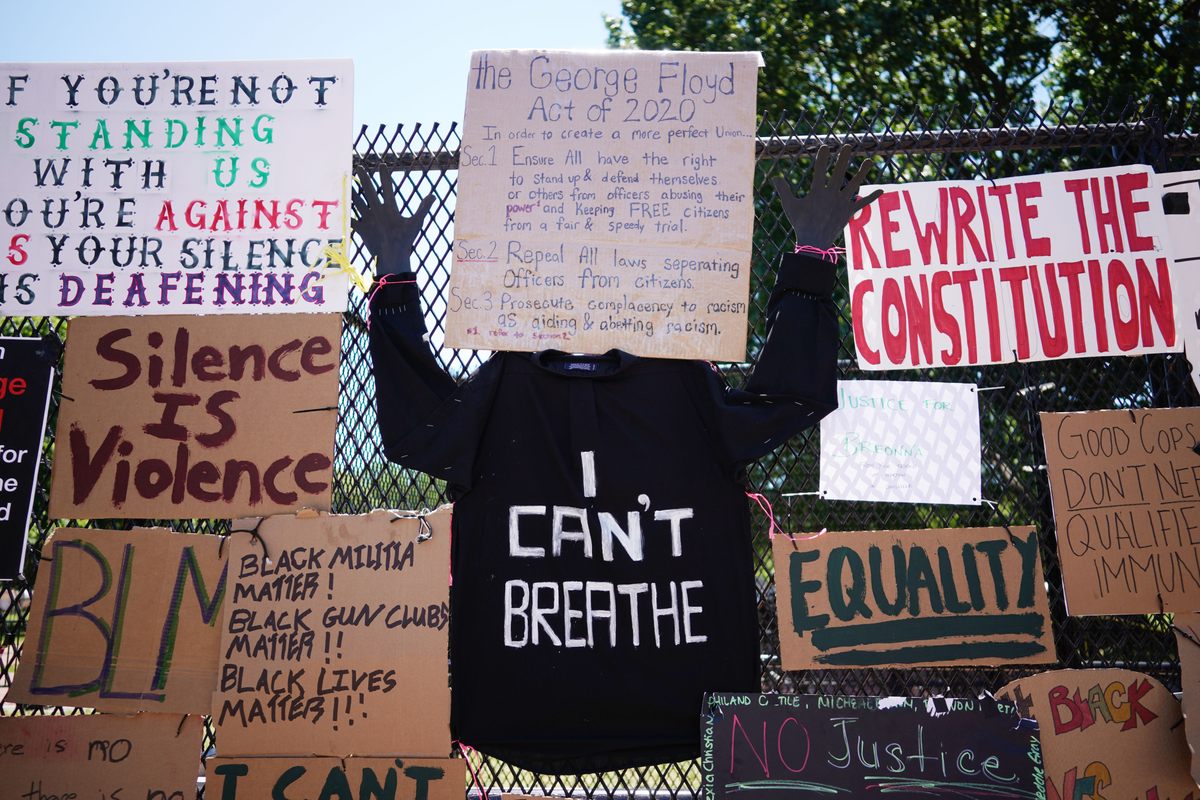
How do you approach people and start to collect without removing or detracting from the installations?
While we’re eager to document, there’s always this tension between documenting and being sure not to disrupt a political process that’s in play. While rapid collecting is important, we always want to be sure to take a thoughtful approach. If someone is carrying a sign for the day and they might dispose of it at the end, that’s a different scenario than if there is a sign that is being posted to a memorial wall. Navigating that is just part of our everyday work in community collecting, and that is something that I think all of our units have a strong tradition in.
With community collecting—[especially] when dealing with sensitive topics like this one, and communities that have fraught relationships with cultural institutions—you first meet community members, you establish trust, and that’s part of laying the groundwork for collecting. That’s also how we get such layered stories.
In general, you would go up, introduce yourself to someone, identify yourself as a curator from the Smithsonian, and really just talk to them—learn more about why they’re there, what their interests are, a little bit about why this moment is important to them. And maybe they have some unique stories attached to their sign or why they’re in D.C. As a curator, what I view as important about an object can be totally transformed by the perspective of the person whom that object belongs to. Stories can transform an object that looks rather mundane and really imbue it with a lot of power.
We use our good judgment and deep experience and training to say, “Okay, is this something that someone’s going to dispose of? Is this particular sign in danger of being destroyed?” And then you present them with the opportunity to have that object become part of the national record, which is a powerful statement. Sometimes it’s appropriate to do it in that moment, and sometimes it’s appropriate to just give someone a card and let them know, “Please think on it. And if you’d like to be in touch or have more of a conversation about it, you know, we’re always here to talk to you.” Overwhelmingly, folks do reach out and let us know whether they’re ready to part with an object or not.
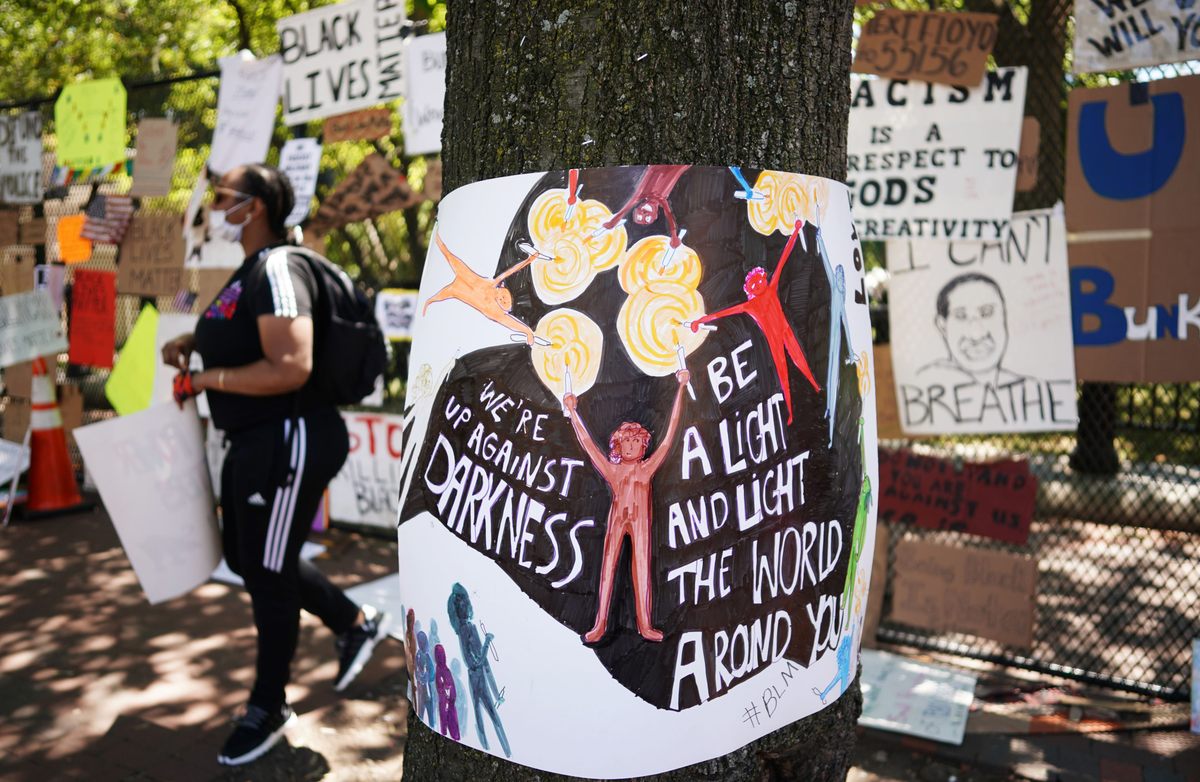
What types of objects jump out to you?
There are the really iconic pieces that are no-brainers for us, and signs that might be particularly visually compelling.
Also objects that speak to the breadth of this moment. A lot of people are asking, “Why now?” George Floyd’s death came in the middle of a pandemic, when people were cooped up in their homes, and media attention was on that and suddenly shifted to his death. I don’t think it’s a coincidence that many people were calling [racism] during the time of COVID, “America’s deadly virus.” The response to Floyd’s death was not about police brutality alone. It’s about COVID, it’s about the communities of color that are disproportionately impacted, it’s about having some of the highest levels of unemployment in our nation’s history. It’s all of these things. Objects that allow us to speak to those overlapping realities are always of interest.
[We’re also interested in] things that connect the past to the present. There were signs and graffiti that reference the Tulsa race riots or that reference Emmett Till. It’s those kinds of connections you see the general public making that are really powerful statements.
There are other things that aren’t so tangible—for example the Movement for Black Lives’ response, or the mayor’s actions [directing city workers to paint “Black Lives Matter” on a road near the White House]. With a paint canister from the right organization, those things can become iconic. We are actively thinking about the notion of capturing sound and of collecting oral histories as a part of this, as well.
This interview has been edited and condensed.

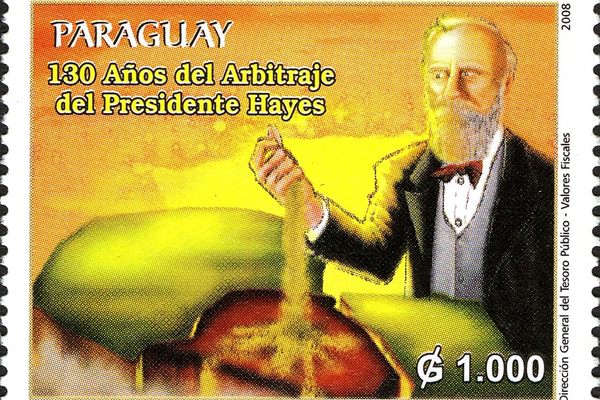


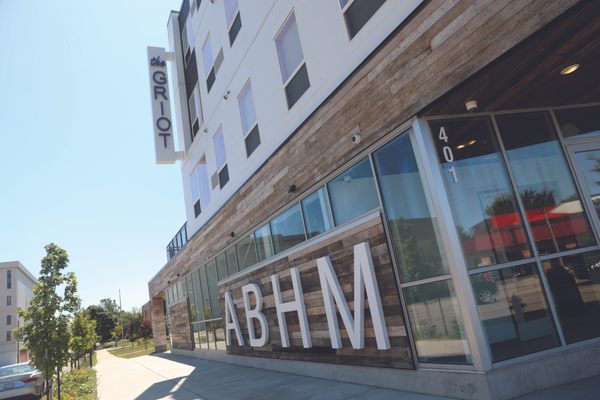

















Follow us on Twitter to get the latest on the world's hidden wonders.
Like us on Facebook to get the latest on the world's hidden wonders.
Follow us on Twitter Like us on Facebook